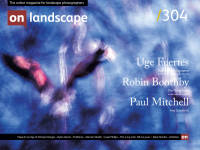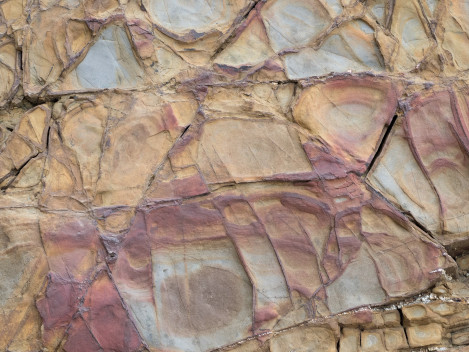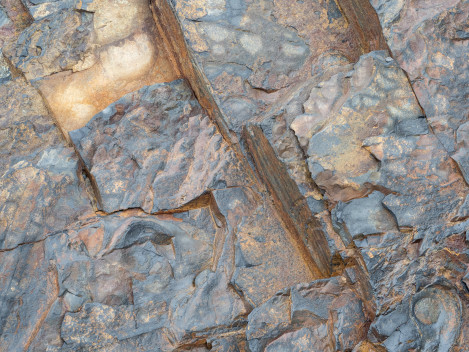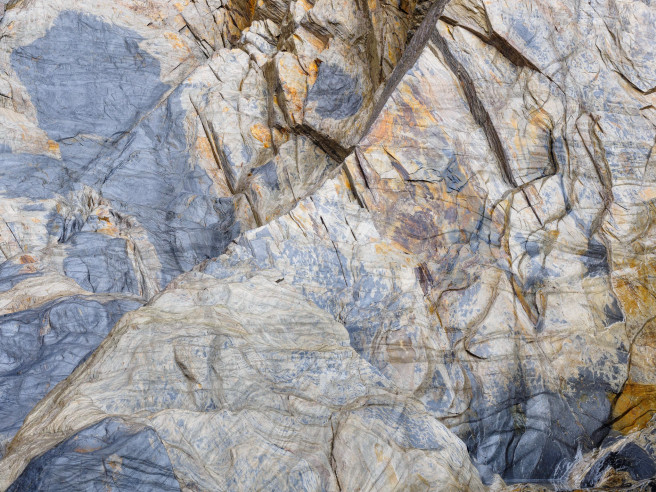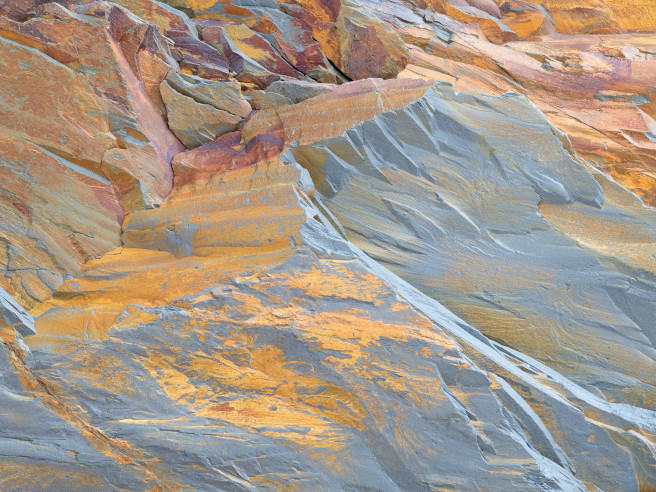For what else they are

Robin Boothby
Retired metallurgist, based in Oxfordshire, employing a camera to escape through a portal that leads directly from the fabricated world in which we live to a world of natural wonders.
Following on from my previous article, Cloud Allusions, on the topic of ‘Zen and the practice of landscape photography’, which focused on Alfred Stieglitz and his concept of equivalence, I now turn to the work of Edward Weston and Ansel Adams.
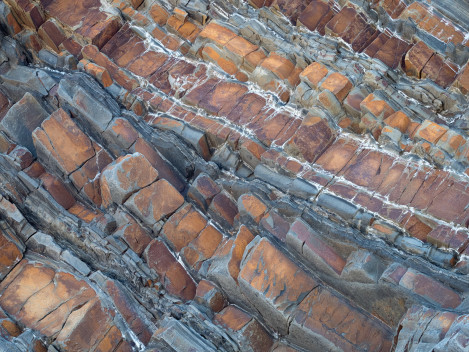
Edward Weston’s thoughts on photography are peppered throughout his Daybooks1 (journals predominantly covering the period 1922-1934). Earlier in his career, Weston had worked in the soft-focus style of the Pictorialists, but during the period covered in the Daybooks, he adopted the ‘straight’, sharply-focused approach to photography for which he is best known.
Weston eventually solved his depth of field issue in June 1924 by purchasing a cheap rectilinear lens, which stopped down to f/256 to use in place of the expensive anastigmatic f/32 lens he had previously used. Earlier that year (March 10, 1924), he had asked himself, “For what end is the camera best used aside from its purely scientific and commercial uses?” The answer he gave was that “the camera should be used for the recording of life, for rendering the very substance of the thing itself ...” adding that “I feel definite in my belief that the approach to photography is through realism.”
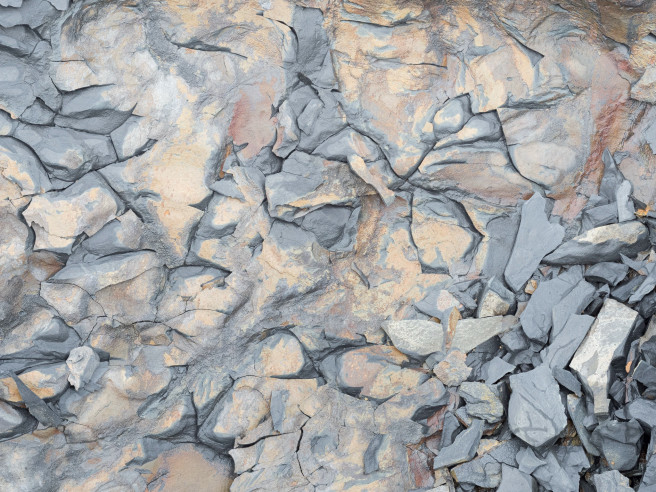
Six years later (Daybooks entry for April 24, 1930), Weston wrote what is perhaps his most definitive artistic statement to accompany a forthcoming exhibition in Houston, Texas:
Clouds, torsos, shells, peppers, trees, rocks, smoke stacks, are but interdependent, interrelated parts of a whole, which is Life. Life rhythms felt in no matter what, become symbols of the whole. To see the Thing Itself is essential: the quintessence revealed direct without the fog of impressionism — the casual noting of a superficial phase, or transitory mood. This then: to photograph a rock, have it look like a rock, but be more than a rock. Significant presentation — not interpretation.
Subsequent entries in the Daybooks reinforce Weston’s creed. It is clear that the phrase ‘be more than a rock’ is not intended to imply something ‘other than a rock’ but rather to capture the quintessential nature of a rock — a rock as a symbol of the whole.
Weston’s Daybooks entry for August 8, 1930, refers to the making of what is probably his most well-known image, a study of a pepper. He wrote: “a pepper — but more than a pepper: abstract, in that it is completely outside subject matter. It has no psychological attributes, no human emotions are aroused: this new pepper takes one beyond the world we know in the conscious mind.” He regarded the image as “a mystic revealment,” saying, “this is the ‘significant presentation’ that I mean, the presentation through one’s intuitive self, seeing ‘through one’s eyes, not with them’: the visionary.”
In a later entry (February 1, 1932) Weston copied some text from a letter sent to Ansel Adams in which he wrote “I have on occasion used the expression, ‘to make a pepper more than a pepper.’ ... I did not mean ‘different’ from a pepper, but a pepper plus — an intensification of its own important form and texture — a revelation.”
In the entry for August 14, 1931, Weston expanded on his vision of photography, saying, “I am no longer trying to ‘express myself’, to impose my own personality on nature, but ... to become identified with nature, to see or know things as they are, their very essence, so that what I record is not an interpretation — my idea of what nature should be — but a revelation ... an absolute, impersonal recognition.”
In November 1932, Edward Weston and Ansel Adams were both founding members of the short-lived Group f/64, which was dedicated to the pursuit of ‘pure’ (i.e. straight, objective) photography. In an article reviewing this period, Anne Hammond2 makes the point that Weston would have been aware of Kant’s philosophical concept of the ‘thing-in-itself’ (Ding an sich). Kant’s ‘thing-in-itself’, though, is by definition unknowable and cannot be experienced — it belongs to what Kant called the noumenal world in which he posited that objects exist independently of our senses, not in the phenomenal world as we perceive it. Weston’s ‘essence’ of things, however, was not some philosophical ideal but a “simplification ... an ‘abstraction’ ”, recorded through “seeing parts of life always in relation to the whole” (Daybooks, October 1, 1931). He later summarised his approach to photography in an addendum to his application for a fellowship of the Guggenheim Foundation in 1937.3
My work purpose, my theme, can most clearly be stated as the recognition, recording and presentation of the interdependence, the relativity of all things — the universality of basic form ... In a single day’s work within a radius of a mile, I might discover and record the skeleton of a bird, a blossoming fruit tree, a cloud, a smokestack; each of these being only a part of the whole, but each — in itself — becoming a symbol of the whole, of life.
Reviewing a retrospective exhibition of Weston’s work held in 1989, art critic Alan Artner referred to Weston’s statement “to photograph a rock, have it look like a rock, but be more than a rock.” Artner (clearly aware himself of the Zen discourse ‘mountains are mountains’ that I referred to in my previous article Cloud Allusions) commented that “... in the last decade of Weston’s life, after the rock had been more than a rock, he saw that it was only a rock and thus reached a truth he had to learn through experience. ... In a way, Weston was the Zen master of American
photography.” 4
In Buddhism, the term ‘suchness’ (often rendered as ‘thusness’ or ‘as-it-is-ness’) is used to refer to the essence of ‘the thing itself’. ‘Suchness’ is a counterpart to ‘emptiness’ — they are two sides of the same coin. ‘Suchness’ refers to the reality of the impermanent and interdependent nature of all things and that things are just as they are, but all things are inherently ‘empty’ because nothing exists as an unchanging, separate entity. Neither ‘suchness’ nor ‘emptiness’ should be considered as definable attributes, though, rather as conceptual indications of what cannot be expressed — signposts on the way or, in Zen parlance, ‘fingers pointing at the moon’ and not the moon itself. In the Buddhist view, reality is not something which can be grasped conceptually but can only be experienced.5
Weston and Adams always kept in contact after the demise of Group f/64 though their approach to photography diverged to some extent — Weston remaining the dedicated objectivist but Adams admitting to a more subjective approach. Adams was clearly influenced in this regard by Stieglitz who, when they first met in 1933, described his concept of the photographic print as the equivalent of what was seen and felt. Adams echoed these words in a statement made to accompany an exhibition of his work at Stieglitz’s gallery in 1936, which began, “Photography is a way of telling what you feel about what you see.” 6 Some years later, Adams wrote “once you admit your personal perception or emotional response the image becomes something more than factual, and you are on the doorstep of an enlarged experience. When you are making a fine print you are creating, as well as recreating. The final image will, to quote Alfred Stieglitz, reveal what you saw and felt. If it were not for this element of the ‘felt’ [the emotional-aesthetic experience], the term creative photography would have no meaning.” 7
Adams, though, was generally reluctant to express what his images signified, as he believed that “if a photograph needs verbal explanation or interpretation, it has failed in its essential objective, which is to transmit a visual experience.” 8 This was essentially the same view that Adams held about all art. “When I encounter a work of art in any form, I make no effort to surmise what it signified to the artist;
In view of Adams’ deep regard for the natural world, it seems to me that his subjective approach to photography was largely on the same page as Weston’s objectivism philosophically, if not aesthetically. In a letter to his friend and patron David McAlpin, Adams wrote the following: “Both Edward Weston and I have certain feelings about the Natural Scene — which we both arrived at independently and which we express differently. The whole world is, to me, very much ‘alive’ — all the little growing things, even the rocks. I can’t look at a swell bit of grass and earth, for instance, without feeling the essential life — the things going on — within them. The same goes for a mountain, or a bit of the ocean, or a magnificent piece of old wood.” 10 (Szarkowski 11 articulated the difference in their aesthetics, arguing that, in contrast to Weston’s presentation of the landscape as sculptural (concerned with the description of things), Adams’ images were more concerned with the nature of the light, revealing the relationship between objects — not with the physicality of things but with their transient aspects.)
Minor White, though, was clearly on a different page to Adams and Weston. White had met Stieglitz for the first time in February 1946 and six months later had taken up a teaching post at the California School of Fine Arts (of which Adams was, at that time, head of the photography department). In the same year, White also met Weston (who was affiliated with the CSFA) — subsequent workshops at Point Lobos, which were led by White and Weston sometimes included Adams too. Imagine that!
“One should not only photograph things for what they are but for what else they are,” said Minor White. But his ‘what else they are’ was not the same as Weston’s ‘more than a rock’ or ‘pepper plus’ but something ‘other’. In a letter sent to Ansel Adams in 1947 he wrote: “My own personal trend of thinking has been towards psychological analysis of photographs” adding that “an artist has only one subject — himself.” 12 The analysis of photographs would continue to be a major preoccupation of Minor White’s thinking and writing in the years to come. Minor White’s ideas about photographic equivalence, his spirituality and his interest in Zen will be the focus of the third (and final) article in this series — The Sound of One Hand.
References
- The Daybooks of Edward Weston, edited by Nancy Newhall (Aperture Books).
- Anne Hammond, Ansel Adams: Divine Performance, (Yale University Press,
2002), Chapter 3: Objective Photography. - Alex Nyerges, A Photographers’s Love of Life.
https://www.kimweston.com/a-photographers-love-of-life-alex-nyerges - Alan G. Artner, Weston’s View of the Real World, Chicago Tribune, Feb. 12,
1989. - Thich Nhat Hanh, Zen Keys (Anchor Books, 1974), pp.105-106.
- Andrea Gray, Ansel Adams: An American Place,1936, (Center for Creative
Photography, University of Arizona, 1982), p.38. - Ansel Adams, The Print, (Little, Brown and Company, 1983), Chapter 1:
Visualization and the Expressive Image. - Ansel Adams, Untitled 7-8 (1974) p.27; (cited by Anne Hammond, in Ansel
Adams: Divine Performance, Chapter 4: Expression as Equivalent.). - Ansel Adams and Mary Street Alinder, An Autobiography, (Little, Brown and
Company, 1985) p.320. - Ansel Adams, Letter to David McAlpin (Feb. 3, 1941), in Ansel Adams: Letters,
1916-1984. - John Szarkowski, Introduction to The Portfolios of Ansel Adams, (Thames and
Hudson, 1977). - Minor White, Letter to Ansel Adams (March 8, 1947), in Peter C. Bunnell, Minor
White: The Eye that Shapes, (the Art Museum, Princeton University, 1989

